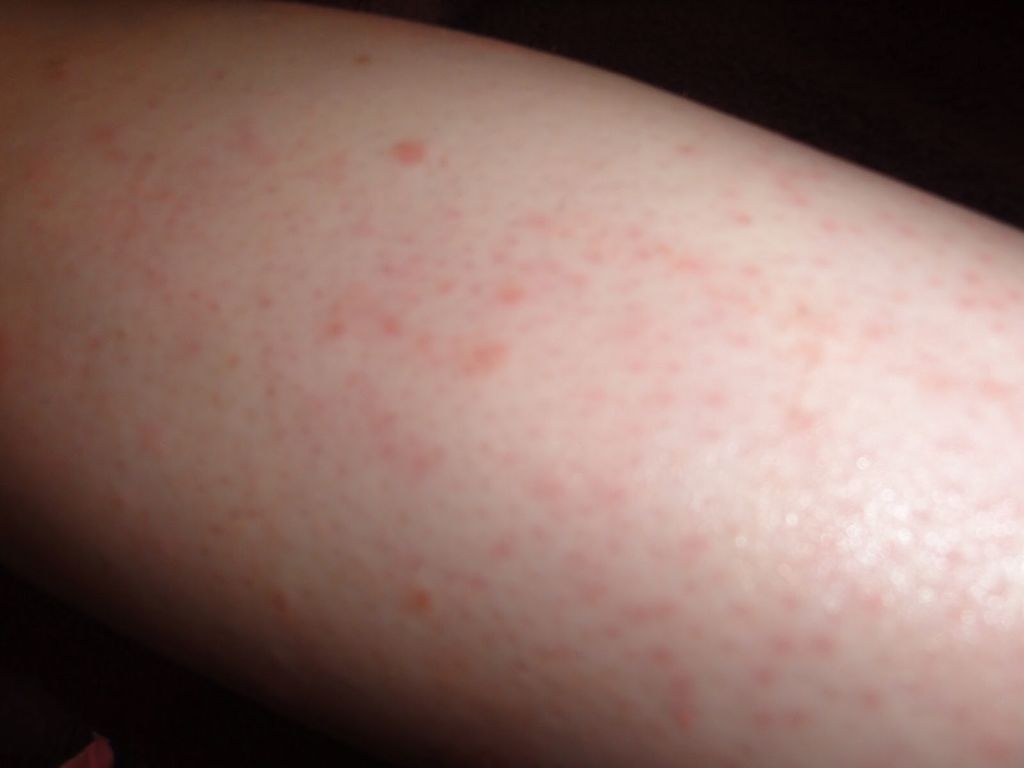Soft Wax Vs Hard Wax: Differences, Pros, Cons
Waxing is a popular and effective hair removal method that involves applying heated wax directly to the skin. The wax cools and hardens, adhering to the unwanted hairs. The hardened wax is then quickly ripped off, pulling the hair out by the root.
There are two main types of wax used for hair removal – soft wax and hard wax. Soft wax is also referred to as strip wax, while hard wax is also known as non-strip wax. The key difference between the two is that soft wax requires a muslin or paper strip to be placed over it and then ripped off, while hard wax can be applied directly to the skin and flicked off when hardened.
Both soft and hard wax have their own sets of pros and cons when it comes to pain, effectiveness, cost, speed, and cleanup. This guide will explore these key differences to help determine which type of wax may be better for your hair removal needs.
How Soft Wax Works
Soft wax is made from natural ingredients like sugar, resin, honey, and oils that allow it to adhere to hair and not skin when applied warm and hardened by cooling. As Healthline reports, “Soft wax is applied warm to the area of skin you wish to wax. As it cools, it hardens around the hair shaft. The wax is then removed by swiftly pulling it off the skin, bringing the encapsulated hair with it.”
To use soft wax, you heat up the wax in a microwave or wax warmer until it liquefies. Then, using a waxing spatula, you spread a thin, even layer of warm wax in the direction of hair growth. As the wax cools and hardens, you press a cloth or paper strip onto the wax, then quickly rip it off in the opposite direction of hair growth. This removes the hairs encapsulated in the hardened wax, resulting in smooth skin.

According to Star Pil Wax, key features of soft wax include: “It is applied warm, to adhere to the hair as it hardens. It hardens as it cools, encapsulating the hair for easy removal. The removal is executed against the direction of the hair growth.”
How Hard Wax Works
Hard wax is made from resins and polymers that allow it to dry hard on the skin (Healthline.com[1]). Unlike soft wax, hard wax is applied at room temperature in a thicker consistency. As it dries on the skin, the hard wax adheres to the hair shaft itself, not the skin. This allows the hard wax to be removed by flicking it off in the opposite direction of hair growth, without using strips.
[1]“Soft Wax vs. Hard Wax: Differences, Pros, Cons.” Healthline, 28 Oct. 2020, https://www.healthline.com/health/soft-wax-vs-hard-wax. Accessed [today’s date].
Pain and Discomfort
Hard wax is generally less painful than soft wax. This is because hard wax only adheres to the hair, not the skin. As the wax cools and hardens, it encases the hair and contracts around it. When the wax is removed, it takes the encased hair with it without tugging at the skin [1].
In contrast, soft wax adheres to both the hair and skin. When removed, soft wax can tug at the skin, causing pain and discomfort. The sticky consistency of soft wax means it pulls at the skin when removed in the direction of hair growth [2]. This makes the process more painful than waxing with hard wax.
Sensitivity and Irritation

Hard wax may be a better choice for those with sensitive skin. Unlike soft wax, hard wax only adheres to the hair and not the skin. This means there is less irritation and inflammation caused by pulling off layers of skin when the wax is removed [1]. Soft wax can remove the top layers of skin every time it is applied, leading to redness, stinging, and general irritation, especially for those with delicate skin.
Some people may also experience a histamine reaction after waxing with soft wax, which causes red bumps and itching. This occurs when histamines are released by the body as a response to irritation. Hard wax does not penetrate as deeply into the skin, so it is less likely to trigger this type of reaction [2].
Overall, those prone to irritated skin, ingrown hairs, and bumps after waxing tend to tolerate hard wax much better. The reduction in inflammation and sensitivity makes hard wax the preferred option for those with easily irritated complexions.
Citations:
[1] https://happywaxing.us/blogs/news/most-common-skin-reactions-to-waxing
[2] https://www.starpilwax.com/blogs/news/rash-after-waxing
Effectiveness
When it comes to effectiveness, hard wax and soft wax work best on different types of hair. Hard wax is generally more effective at removing coarse, thick hair because it can adhere to the thick hair strands better than soft wax can. The stiffness of hard wax enables it to fully encapsulate and grip thicker hairs in order to pull them out from the root [1]. Soft wax, on the other hand, works better for fine, thin hair. The pliable consistency of soft wax allows it to spread smoothly over the skin and penetrate into fine hairs. Soft wax is able to grab onto thin, fine hairs that hard wax may have trouble adhering to [2].

So in summary, hard wax is the better choice for removing coarse, thick hairs while soft wax will provide better results on fine, thin hairs.
Cost
Generally, hard wax tends to be more expensive than soft wax. A pound of soft wax may cost $10-15 while a pound of hard wax can cost $15-25. This is because hard wax is more complex to manufacture.
However, hard wax can be more economical in the long run. Since hard wax can be reused on the same client during a waxing session, a little goes a long way. Soft wax strips cannot be reused. While soft wax may have a lower upfront cost, you will go through it quicker and have to repurchase it more often. With proper care, hard wax can last through many waxing sessions.
Overall, while hard wax carries a higher initial cost, it can save money over time if used properly. The reusability of hard wax makes it a more economical choice for frequent waxers.
Speed
Soft wax is generally faster to apply and remove than hard wax. This is because soft wax only adheres to hair, so it can be applied in larger sections. The wax can then be quickly removed by pulling it off in the direction of hair growth with strips of muslin or other fabric. This allows soft waxing to be performed more rapidly compared to hard waxing.
Some sources indicate that experienced soft waxers can complete a full leg wax in under 10 minutes, with a half leg taking under 5 minutes. The speed at which soft wax can be applied and removed is one of its major advantages over hard wax. Soft waxing is popular for speed waxing services targeting efficiency and convenience.

In contrast, hard waxes are slower to use since they adhere to skin as well as hair. Hard waxes must be applied in thinner, more precise sections. The hard wax then needs to be removed against hair growth, usually without using strips. This tends to take more time compared to soft waxing.
Overall, soft wax is widely considered to enable faster waxing compared to hard waxes. This makes it a better choice when speed and efficiency are important factors.
Sources:
https://www.starpilwax.com/blogs/news/speed-waxing-101
https://honeycombwaxco.com/pages/hard-vs-soft-wax
Mess and Cleanup
Soft wax tends to be messier and more difficult to clean up compared to hard wax. Since soft wax adheres to the skin, it can drip and stain linens or furniture if not cleaned up properly. Small wax particles left behind on the skin can continue to stick to clothing or sheets long after a waxing session. It’s important to carefully wipe the skin clean and properly dispose of used sticks, strips, and muslins to minimize leftover residue. Any drips or spills should be immediately cleaned to avoid permanent stains.
In contrast, hard wax is easier to control and does not leave behind as much residue. Because hard wax adheres only to hair and not skin, there is less dripping or splattering during the procedure. Hard wax cools and hardens on the skin, so estheticians can easily peel off the wax in one piece without leaving stray wax bits behind. The hard wax can simply be discarded without the need for strips, muslins, or sticking to the skin. This makes hard waxing less messy overall, with hardly any post-wax residue requiring cleanup. The waxing area can be quickly and easily wiped down after hard waxing.
Sources:
https://www.starpilwax.com/blogs/news/how-to-clean-your-wax-pot-starpil-style
Conclusion
To recap, the main differences between soft and hard wax are that soft wax sticks to the hair while hard wax adheres to the skin, making hard wax more painful but also more effective for short coarse hairs. Hard wax is better for sensitive areas while soft wax works well on all body parts. In the end, hard wax tends to provide longer-lasting results.
The right choice depends on your pain tolerance, skin sensitivity, hair type and thickness. Those with sensitive skin may prefer soft wax. People with coarse or stubborn hairs are better off with hard wax for its superior hair removal. If you have fine hairs on your body, either soft or hard wax will work well. For Brazilian and bikini waxes where the skin is delicate, soft wax is recommended.
Overall, hard wax works best for thick, coarse hairs on areas like the legs, arms, and back. Soft wax is ideal for thinner, finer hairs and is great for full-body waxing. Consider your own hair type and skin tolerance when deciding between soft and hard wax to determine the best option for you.





